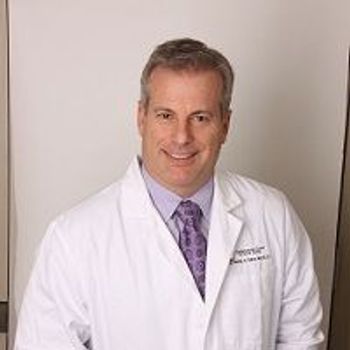
Jonathan Fialkow, MD, FACC, is one of the founders of Heartwell, LLP, a cardiologist physician group. And his attraction to medicine in general, and cardiology in particular, was formed early on.
Ed Rabinowitz is a freelance writer for Medical Economics.

Jonathan Fialkow, MD, FACC, is one of the founders of Heartwell, LLP, a cardiologist physician group. And his attraction to medicine in general, and cardiology in particular, was formed early on.

Since its inception in 2013, Physician Retraining & Reentry (PRR), an online educational program empowering physicians of all backgrounds with the tools to practice primary care, has enrolled nearly 200 physicians and graduated 50 to date.

The workflow at a medical practice is pretty standard. The patient checks in, they pay a co-pay, their insurance coverage is checked, they get triaged, they see a physician, they’re given instructions, they check out, and they leave. But what happens after they leave?

As a physician, you can only see one patient at a time. And when patients leave your office, they’re on their own. There’s not much you can do for them, right? Well actually, wrong.
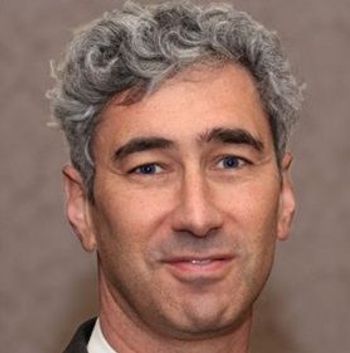
“I’ve been one of the people pioneering the concept of preventive cardiology," Budoff says, "We need to find the process at a very early stage when it’s most treatable. And get the individual to never have that heart attack, never need that stent, and never need that bypass surgery.â€

A first-of-its-kind practice specialty report compiled by the National Commission on Certification of Physician Assistants (NCCPA) reveals that the majority of physician assistants (PAs) – 70% – now work in non-primary care specialties.

Analytics can be defined as “the discovery, interpretation, and communication of meaningful patterns in data.†Simply put, if you developed a rash every time you ate strawberries, the data would indicate you are allergic to them. So, if you knew that, you would likely stop eating them.

What drives insurance companies or pharmaceutical companies is different than what drives community doctors and their patients, and doctors need to be aware of how to treat with cost and collaboration in mind.
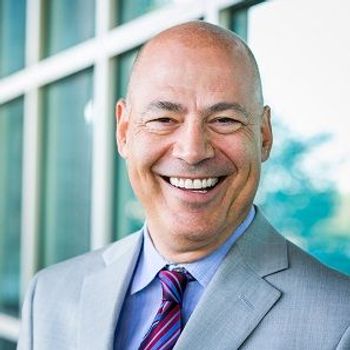
Ed Rabinowitz profiles Henry Anhalt, chief medical officer of T1D Exchange, a nonprofit organization dedicated to researching cures for type 1 diabetes.

Your staff performs a wide range of healthcare and administrative duties. As such, you want to keep them trained and proficient in all the latest, and also most basic, tasks, right?
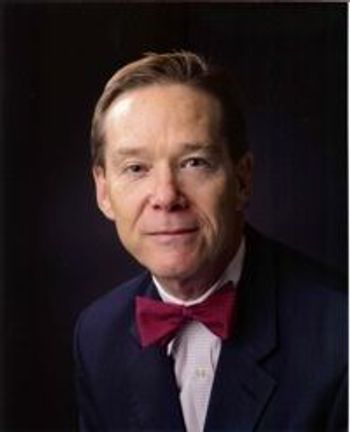
When a family member suffered a heart attack, Dave Albert, MD, took a leave of absence from medical school in pursuit of an engineering degree.

Would you like to enhance your quality of life while lowering your workload? How about minimizing stress in your life? Or increasing potential net profits for your practice – all while maintaining or improving quality patient care?
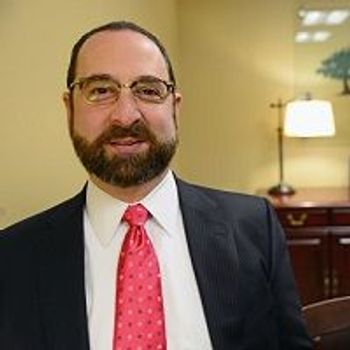
When Joel Greenwald, MD, counsels physicians on how to manage their money, they listen. But not just because he’s a successful financial planner who works exclusively with dentists and physicians.

Community health workers are trusted, frontline healthcare personnel who help bridge cultural and linguistic barriers. Their service can be invaluable.
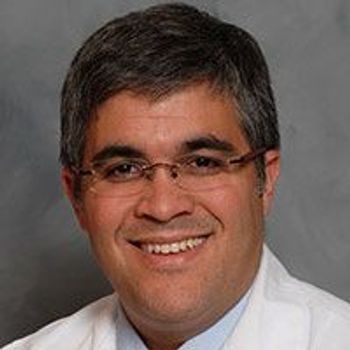
A pediatric orthopedist says he enjoys solving the puzzles presented by the patients at his hospitals. When he needs to take his mind off work, he turns to the intricate art of sailing.

Diversity training might sound like the kind of thing that's nice to have, but not essential. However, a physician's cultural competence can have significant impacts, not only a patient's health, but also on a practice's bottom line.

For doctors to capitalize on value-based care, they need to take an active role in ensuring smooth care transitions. New software can help.
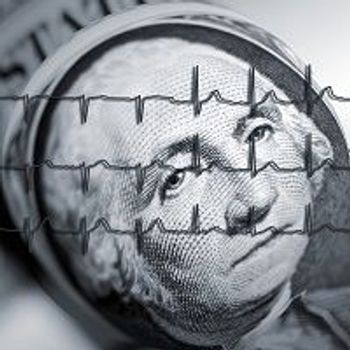
New Medicare payment options mean decision time for physicians. Doctors and practice administrators will need to be proactive to get the most out of the changes.

The transition to value-based care is about more than dollars and cents. It also requires a shift in the way doctors think about the services they provide.

Physicians in private practice are small business owners, whether they think of themselves that way or not. In order to make their businesses grow, physicians sometimes have to embrace non-traditional methods.

Defensive medicine isn't just costly -- it can also be harmful to patients. One way to reduce unecessary tests is by building a stronger rapport with patients, experts say.
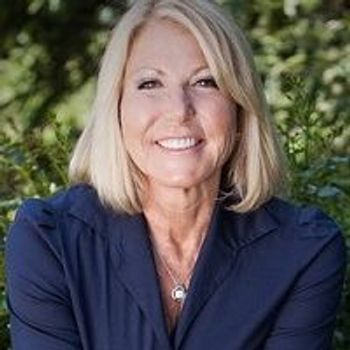
A New York internist followed her instincts into a totally new career direction. She's now become a popular author and launched her own line of vitamins and supplements.

The virtual healthcare market is growing fast, as more and more consumers demand a healthcare system that embraces the conveniences of modern technology.

Going paperless isn't a new idea, yet many healthcare organizations continue to resist the idea, despite data suggesting patients like paperless billing and are more likely to pay their bills in a timely fashion when they can do so online.
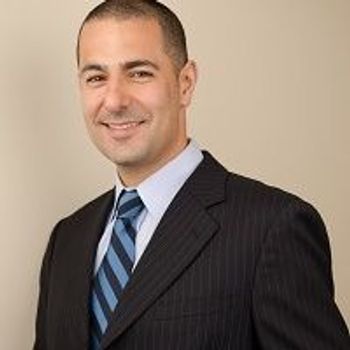
An Indiana dermatologist says dermatology is a natural fit for telemedicine. He's created an app that connects patients and doctors 24 hours a day.

As more and more practice management software comes on the market, physicians need to take a step back to find out which technology they really need and how best to phase it in.

Studies suggest primary care physicians often neglect to ask a patient about his or her mental health. They're missing a big opportunity.
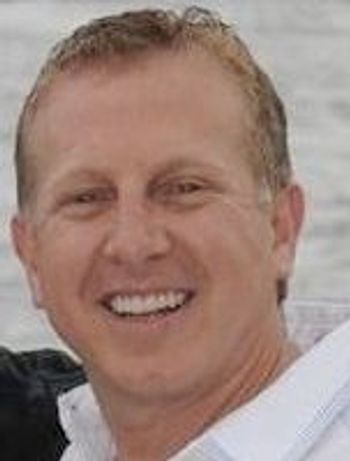
A Florida dermatologist and avid entrepreneur says more physicians should realize that medical practice and entrepreneurship can be a great fit.

Physicians have long had strong incentives to not admit medical errors. However, a program in California has demonstrated how a proactive approach to medical error can be the best option legally and financially.

At many practices, electronic health records are still regarded with skepticism, and their use is still limited. However, those who have studied the issue have found a number of financial benefits to full implementation of EHRs.